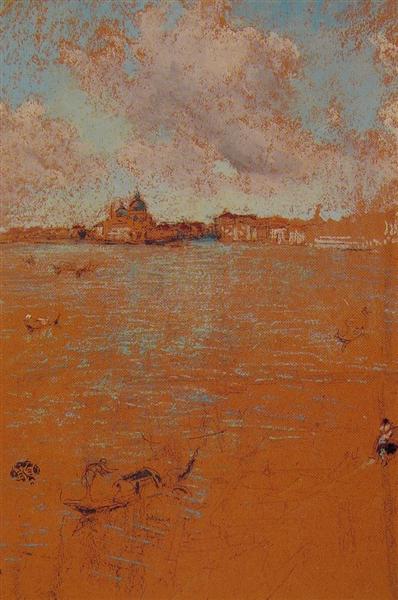1880 - 1920
Tonalism

description
Tonalism
Tonalism was an art movement that appeared in the USA at the end of the 19th century. Paintings that can be attributed to this art movement were created before and after a certain period until today. Art historians argue that it is sometimes impossible to find the edge between Symbolism and Tonalism, Tonalism and Impressionism. The main genres were landscapes, marinas, light story paintings, similar in style. Most masters used oil, boards and canvases (cotton and linen). Some works are similar to the grisaille technique.
Key ideas:
– In the first works of Tonalists, dark tones prevailed – gray, sepia, dark blue and black. These works are similar to symbolism as they have the same symbols (sunrise, the power of tree trunks, and the eternity of the stone).
– The lighter ones are similar to the works of the impressionists, but the main difference is that tonalism has a deeper dramatic mood; in George Inness’s works, trees seem to suffer, knowing some painful secret.
– Tonalists achieved almost abstract physical smoothness; therefore, even having made every effort, we cannot tear off a piece of wave or cloud from the general composition. In paintings of Impressionists, we can see every stroke, every dot; pure colours were often used, as some artists categorically claimed; art historians and artists still disagree with this.
– It is believed that later Tonalism was absorbed in Impressionism. It is important to note that landscapes and marinas were depicted from afar; the central characters of the paintings were air and fog – great use of aerial perspective: the artists seemed to be trying to scoop up the whole world.
– The amazing semantic integrity of the paintings does not allow us to divide certain works into the genres “landscape”, “marina” or “plot-thematic”, although both are present in the same painting; for example, “Summer Landscape” by George Inness (1894) and “Gray silver fog, lifeboat ”by James Whistler (1884).
description
An American impressionist painter.He was a member of the art group "Ten", which united progressive American painters. After receiving a comprehensive art education in Europe, John Twachtman devoted most of his paintings to his native Connecticut, depicting landscapes and scenes of the everyday life of Americans. The artist masterfully used the color and, despite the significant influence of French Impressionists, he managed to develop his own original style of painting. Twachtman was engaged in pedagogical and teaching activities. He led painting classes at the Davenek School and courses in the Art Student League (USA).
1853 - 1902
description
An American Impressionist painter, a member of the association "Ten American Artists", a member of the Cos Cob Art Colony; a president of the Society of American Artists and the National Academy of Design in New York. The artist's work is diverse: he is known for impressionistic landscapes, portrait and genre painting; he created many still lifes, worked with graphics. Actively working as a teacher, Julian Alden Weir had a great influence on the development and popularization of impressionism in the United States of America.
1852 - 1919
